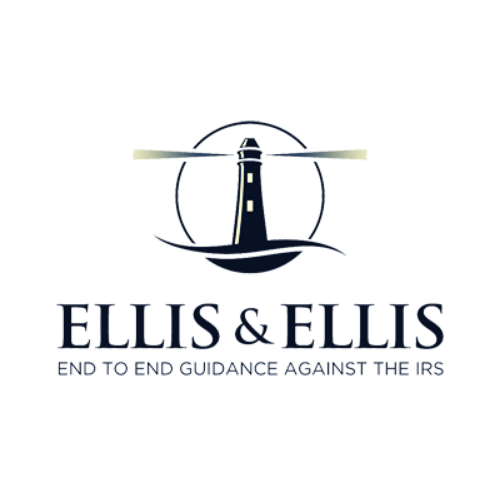History has a tendency to repeat itself.
During the Civil War, Congress passed the Revenue Act of 1861 which included a tax on personal incomes to help pay war expenses. The tax was repealed ten years later. However, in 1894 Congress enacted a flat rate Federal income tax, which was ruled unconstitutional the following year by the U.S. Supreme Court because it was a direct tax not apportioned according to the population of each state. The 16th amendment, ratified in 1913, removed this objection by allowing the Federal government to tax the income of individuals without regard to the population of each state. In 1913, the top tax bracket was 7% on all income over $500,000 ($11 million by today’s standards); the lowest tax bracket for that same time period was 1%.
World War I
1916 Revenue Act was passed by Congress to finance the war effort. Congress again deemed it necessary to up the ante with the War Revenue Act of 1917, this was a major burden on the taxpayer the rate jumped from 15% in 1916 to 67% in 1917, peaking out in 1918 at 77%. As you will see over the decades that followed history has indeed been repeated.
The attitude of the 1920s allowed taxpayers to experience some much-needed relief when the rate fell from 77% to 25% between 1925 and 1931.
The Depression
Congress raised taxes again in 1932 during the Great Depression from 25% to 63% on the top earners.
World War II
1944 brought with it an all time high of 94% on taxable income over $200,000 (equivalent to $2.5 million today).
The Tax Reform Act of 1986.
Was a law that was passed to simplify the income tax code, commonly referred to as the second of two Reagan tax cuts, lowered the top tax rate from 50% to 28% and raised the bottom tax rate from 11% to 15%. This was the first time in U.S. income tax history that the top tax rate was lowered and the bottom rate was increased at the same time. The act also mandated that capital gains would be taxed at the same rate as ordinary income. Lawmakers claimed that it would never be necessary to impose a tax rate above 28%. Three years later, we saw the 28% ceiling breached.
The 1990-2012
In 1993, we saw the argument made that the way we could balance the budget would be to impose the largest tax increase in American history. Named the Revenue Reconciliation Act, created a new bracket of 36% for income about $115,000 and 39.6% for income above $250,000.
Thanks to the Economic Growth and Tax Relief and Reconciliation Act of 2001, the top tax rate faced by high-income taxpayers was lowered from 39.6% to 35% which remained in effect through 2012.
2013 – 2014
The American Taxpayer Relief Act of 2012 resulted in taxpayers once again facing a tax rate of 39.6%. When the Patient Protection & Affordable Care Act was implemented it added an additional 3.8% to the already overburdened taxpayer, increasing the maximum federal income tax rate to 43.4%
What This Means for You
To navigate the ever-changing tax landscape you need a source for reliable up-to-date changes in the tax law and codes. Not having access to critical changes can directly affect the bottom line of your business. Ellis & Brown, LLC Tax Group, offer cutting edge articles and information on the latest in tax news to ensure you have the information you need to make the best decision for the both you and your business.
